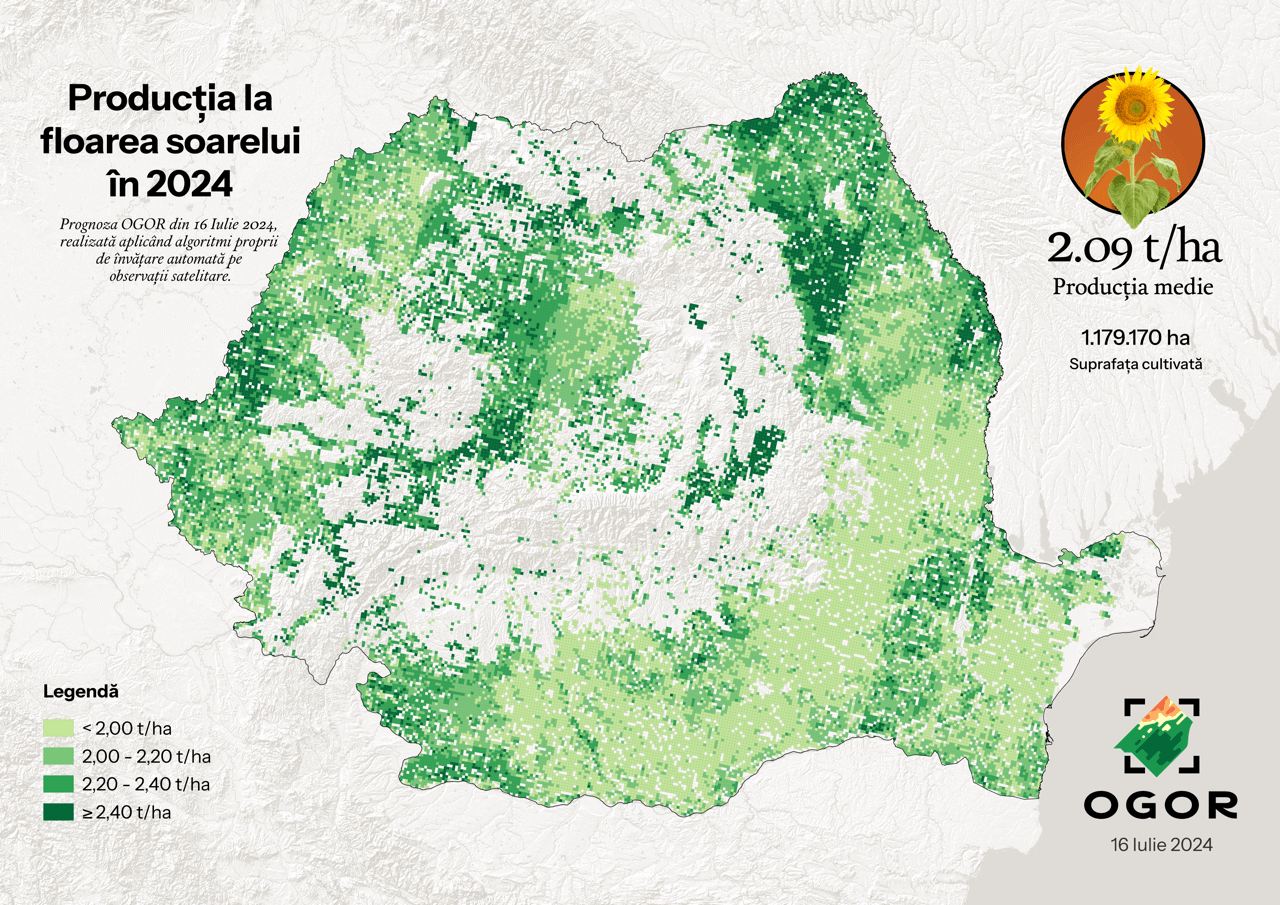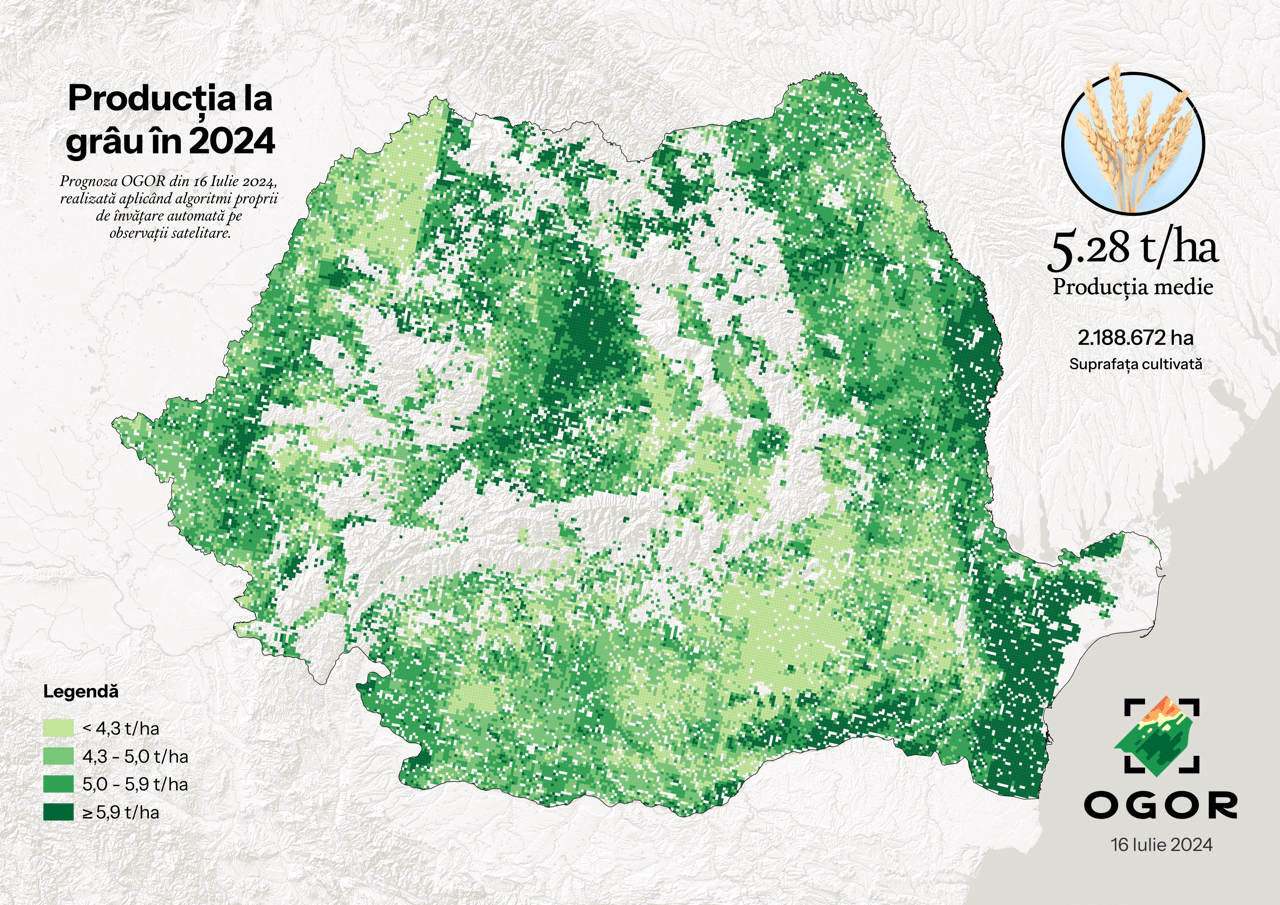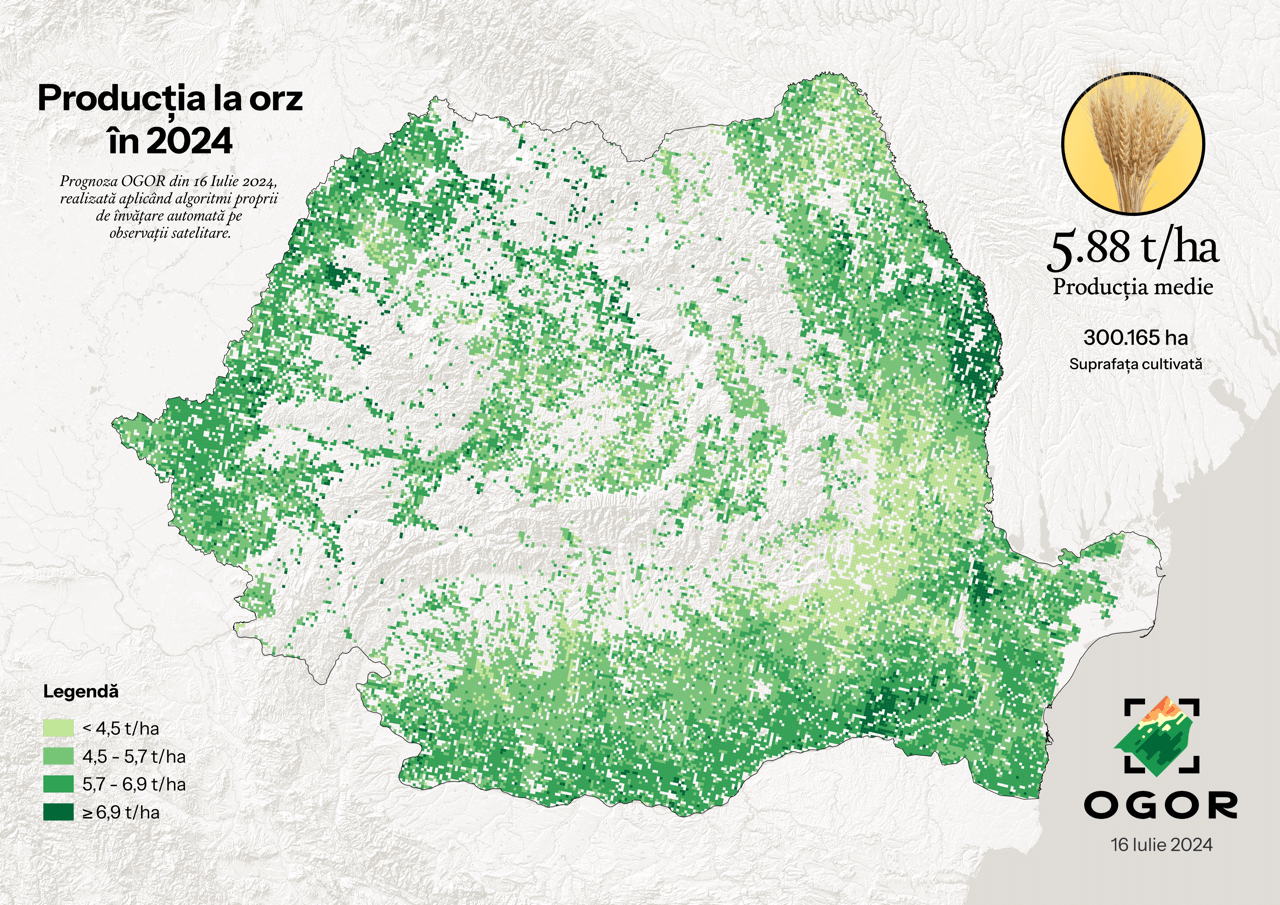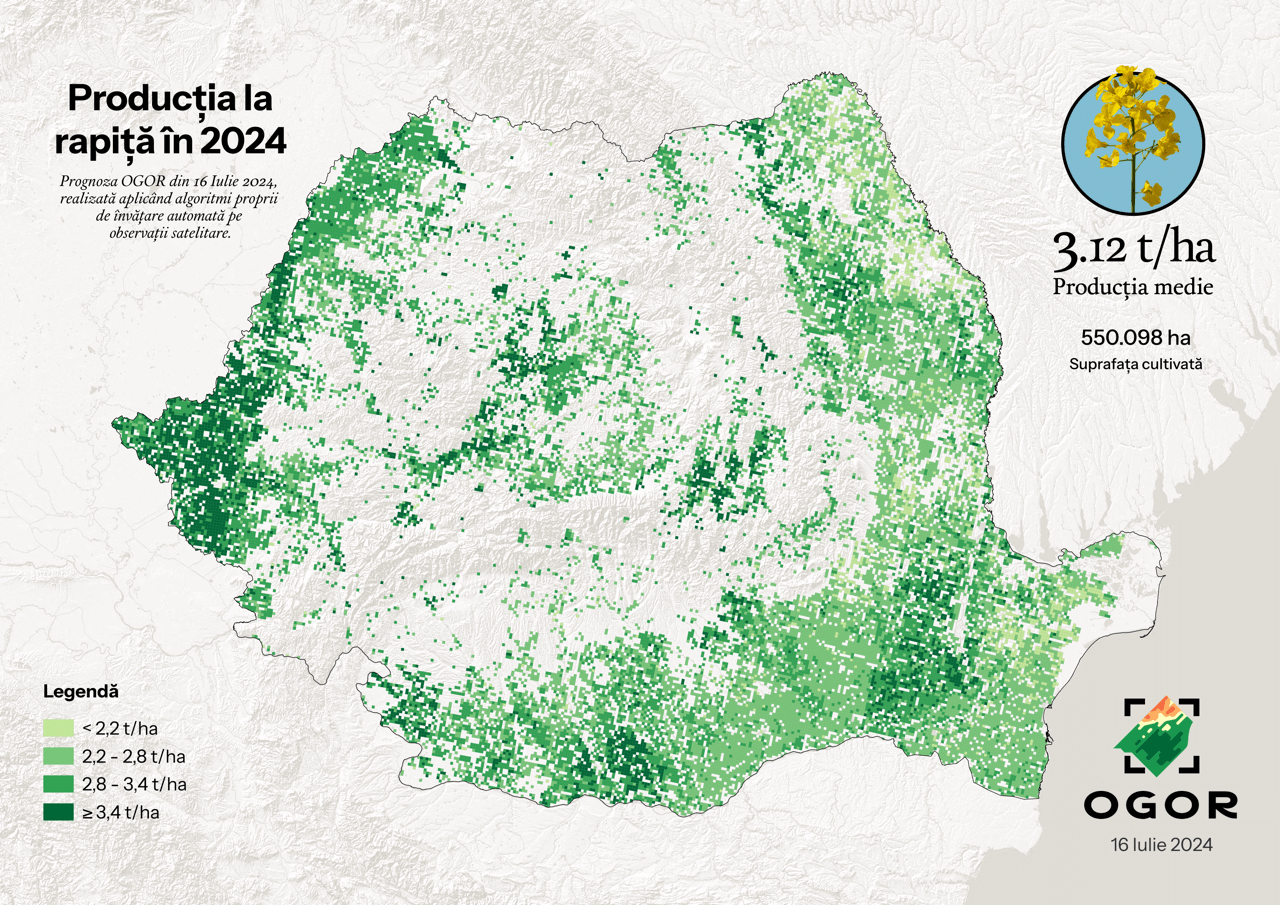
MAIZE
Download MapWhile the production potential for corn and sunflower currently holds, the next three weeks will be high-risk. In fact, in the far south, southeast, and part of the west, deep water reserves are at their lowest. The forecasts of heat waves for the coming weeks, combined with these soil limitations, will be detrimental to non-irrigated crops. For irrigated crops, we will need to monitor the impact of high heat on corn pollination and the sensitivity of soybeans to low air humidity. The only hope is the arrival of rains from the west, where in countries like France, Germany, or Belgium, excessive rains are worrying farmers.
Patrick Valmary, Agronomy consultant, expert in sustainable agriculture







